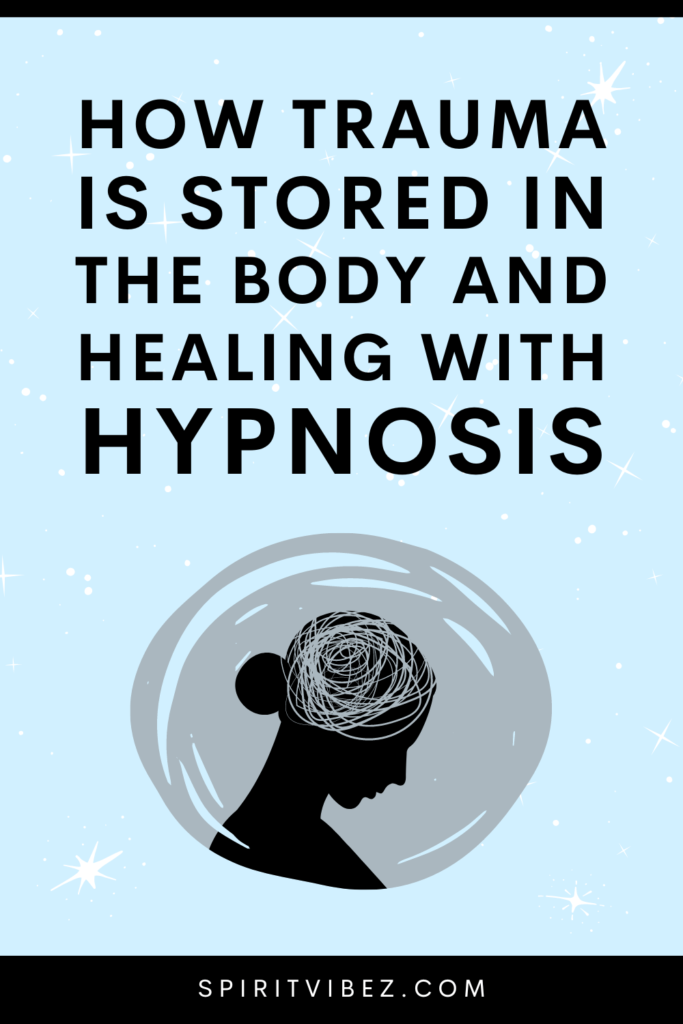Last Updated on June 6, 2023

Guest post by TRANSforming Mind
Trauma is a psychological response to deeply disturbing or distressing events. These events may be natural disasters, serious accidents, life-threatening illnesses, physical or sexual abuse, or other alarming experiences. The individual’s capacity to integrate their emotional experience is overwhelmed, which may lead to prolonged reaction periods, including chronic fear, anxiety, depression, substance abuse, and PTSD. Clinicians create a hyper-focused state of consciousness accompanied by increased suggestibility through a therapeutic technique called Hypnosis. The goal is to help individuals tap into their subconscious mind to promote healing, change behaviors, or alleviate symptoms.
Understanding Trauma
Trauma is a profoundly distressing experience that impacts mental and physical well-being. It often results from a series of events experienced as physically and emotionally harmful, adversely affecting the individual’s functioning and well-being. This can include experiences like severe accidents, physical or sexual assault, emotional abuse, war or combat, natural disasters, serious illnesses, or other serious life events. It’s also possible for vicarious or secondary trauma to occur when someone is impacted but didn’t experience firsthand but learned about or witnessed.
Healing from Trauma
Healing from trauma can be a long, complicated process that often requires professional help. It’s a deeply personal journey, and what works best can vary from person to person. However, recovery is certainly possible, and many individuals find that they grow in unexpected ways from the process. Here’s a broad outline of the steps involved:
1. Safety and Stabilization
The first step in healing is ensuring the person’s physical and emotional safety. This may involve removing the person from a dangerous situation, establishing consistent routines for sleep and nutrition, and creating a support network of trustworthy individuals.
2. Recognition and Acknowledgement
Acknowledging that you have been traumatized and recognizing its impact on your life is crucial in the healing process. This can be challenging, as it involves confronting painful experiences and feelings.
3. Working Through Traumatic Memories
Under the guidance of a mental health professional, individuals can begin to revisit and work through traumatic memories. This can be accomplished through various therapeutic techniques, such as cognitive-behavioral therapy, eye movement desensitization, reprocessing (EMDR), somatic experiencing, or trauma cognitive behavioral therapy.
4. Reconnection and Integration
Connecting with supportive and understanding people can help you feel better and less alone. This could be friends, family, or a support group of people that have experienced similar traumas. It can mean rebuilding relationships, finding new ones, or becoming involved in activities that give a sense of purpose. It can also mean integrating the traumatic event into one’s life story in a way that acknowledges the trauma but also recognizes the resilience, growth, and change that has occurred.
5. Psychiatric Medications
Certain medications can help manage trauma symptoms, like extreme anxiety, depression, or insomnia. While remedies don’t cure trauma, they can help you better manage symptoms, making therapy more effective. Psychiatric medications are used to treat various mental health conditions, including those related to trauma.
6. Self-Care Practices
Establishing a routine that includes regular sleep, healthy eating, exercise, and time for relaxation can help your body better cope with traumatic stress. Avoid alcohol and drugs, which can worsen symptoms and make them harder to treat. Mindfulness meditation, progressive muscle relaxation, or biofeedback will also help reduce trauma symptoms.
How Hypnosis Can Help with Traumatic Memories
Hypnosis, or hypnotherapy, is a therapeutic technique that puts individuals into a trance-like state of heightened concentration, focus, and suggestibility. It has been used as a treatment modality for various mental health conditions, including trauma. Hypnosis is used in trauma treatment in a variety of ways:
- Promoting Relaxation:
Trauma can cause individuals to be in a constant state of hyperarousal or anxiety. Hypnosis can promote deep relaxation, helping to calm the mind and body.
- Altering Perception of Trauma:
Hypnosis can help individuals reframe and restructure their perceptions and understanding of traumatic events, often by creating a dissociative state. This can allow for safer exploration of traumatic memories.
- Desensitization:
Hypnotherapy can help individuals confront and reduce the fear associated with traumatic memories. Through repeated exposure in a safe, controlled setting, individuals can become desensitized to the emotional impact of the trauma.
- Empowerment:
Hypnosis can help individuals build inner resources and foster a sense of control and mastery. It can be valuable for individuals who feel powerless or out of control due to trauma.
It’s important to note that the effectiveness of hypnosis in treating trauma can vary widely depending on various factors, including the specific nature of the trauma. If someone you know is dealing with trauma, seeking assistance from a mental health professional is crucial. They can guide and support the healing process and ensure therapeutic techniques are used safely and effectively. Throughout this process, self-care strategies like mindfulness, meditation, physical activity, and proper nutrition can also play crucial roles in supporting overall well-being.

Katherine Robinson is a writer for TRANSforming Mind, a Colorado-based hypnotherapy practice that focuses on a holistic approach to healing trauma and other conditions.
📌 PIN THIS POST FOR LATER

